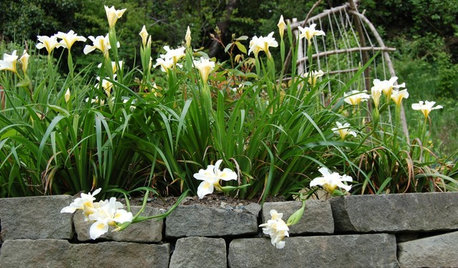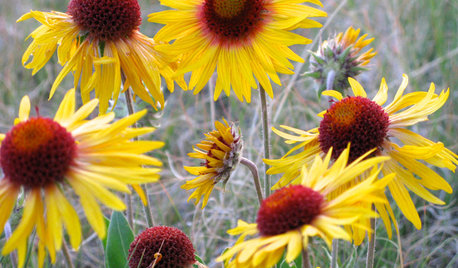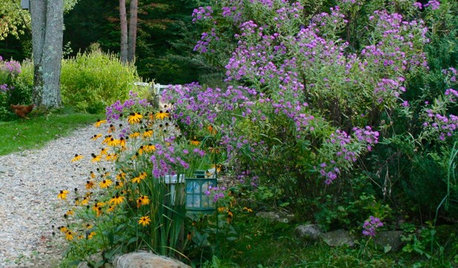Native black maple in VA??
hairmetal4ever
10 years ago
Related Stories

GARDENING FOR BUTTERFLIES3 Ways Native Plants Make Gardening So Much Better
You probably know about the lower maintenance. But native plants' other benefits go far beyond a little less watering and weeding
Full Story
GARDENING GUIDESWe Bust 4 More Native Plant Myths
Have you been taken in by these fallacies about gardening with native plants?
Full Story
GARDENING GUIDES8 Native Shrubs for Year-Round Bird Feeding
It’s not just about berries. These plants provide insects for birds and seasonal interest for gardeners
Full Story
GARDENING GUIDESPlant Black Cherry Trees for the Birds and Bees
Plant Prunus serotina in the Central and Eastern U.S. for spring flowers, interesting bark and beautiful fall color
Full Story
GARDENING GUIDESHow to Find the Right Native Plants for Your Yard
Find plant maps, sale sites and guides that make going native in the garden easier than ever
Full Story
GARDENING GUIDES10 Top Native Plants for the U.S. Southeast
For a low-maintenance and wildlife-friendly landscape, use Southern natives that withstand heat and humidity
Full Story
GARDENING GUIDESTop 10 Native Plants for the Pacific Northwest
More than just gorgeous and adaptable, these standout plants convey a sense of place
Full Story
GARDENING GUIDESGarden-Friendly Native Alternatives to Overplanted Exotics
There are lots of gorgeous, wildlife-friendly native plants ready to make an appearance in your garden
Full Story
NATIVE PLANTS10 Top Native Plants for the Rocky Mountain Region
Give your landscape a sense of place, and attract pollinators and songbirds, with these native plants
Full Story
GARDENING GUIDESTop 10 Native Plants for the Northeast
For a low-maintenance, wildlife-friendly landscape, use native plants adapted to the climate and range of soils in the Northeast
Full Story








ken_adrian Adrian MI cold Z5
pteroceltis
Related Professionals
Camas Landscape Architects & Landscape Designers · River Forest Landscape Architects & Landscape Designers · Bridgeport Landscape Contractors · North Canton Landscape Contractors · Old Saybrook Landscape Contractors · Oxnard Landscape Contractors · Panama City Beach Landscape Contractors · University City Landscape Contractors · Welby Landscape Contractors · North Aurora Landscape Contractors · Beverly Hills Siding & Exteriors · Massapequa Siding & Exteriors · Orange County Siding & Exteriors · Algonquin Decks, Patios & Outdoor Enclosures · Bonney Lake Decks, Patios & Outdoor Enclosureshairmetal4everOriginal Author
hairmetal4everOriginal Author
sam_md
hairmetal4everOriginal Author
pteroceltis
bengz6westmd
bengz6westmd
brad_s